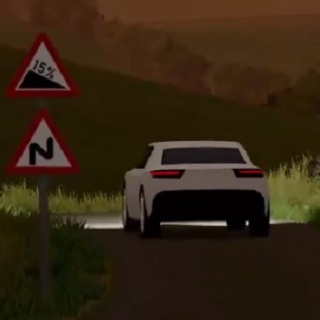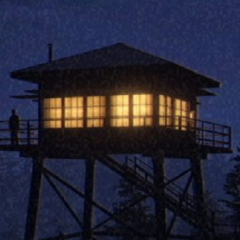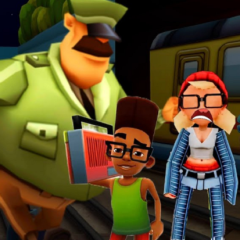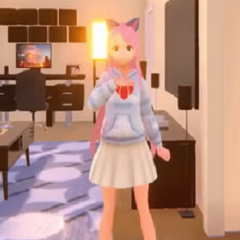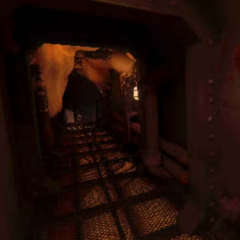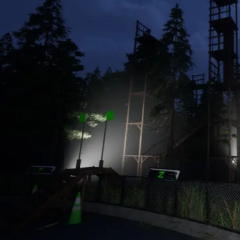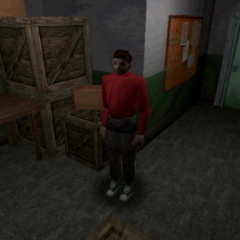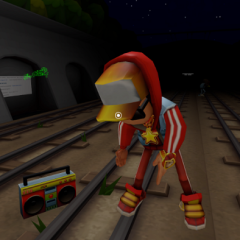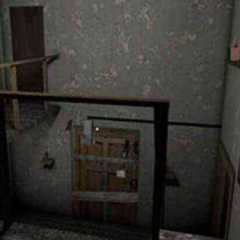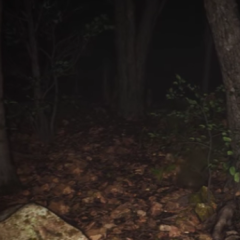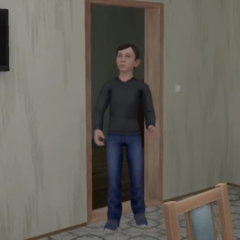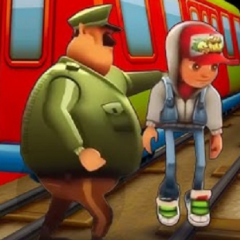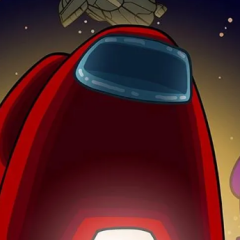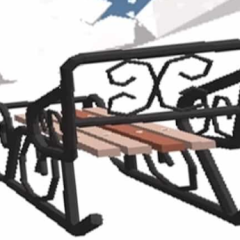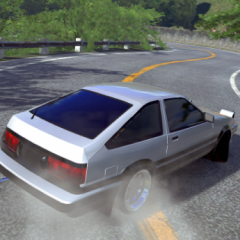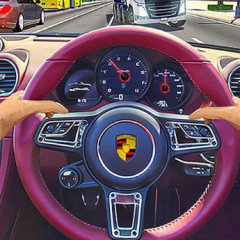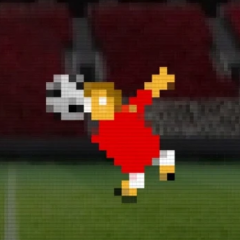Slow Roads 2
Slow Roads 2 transforms driving into a quiet ritual, where the road stretches endlessly through serene landscapes shaped by time and motion. Unlike traditional driving games, it removes the noise of competition and strips away objectives, offering a peaceful space where players can simply move. The car becomes a vessel for reflection, coasting through hills, valleys, deserts, and rivers that are generated in real time. There is no urgency, no failure—only the decision to continue forward, at whatever pace feels right.
Living Landscapes and Unscripted Change
The game world evolves with every mile, introducing seamless transitions between biomes. A foggy shoreline may give way to dry cliffs, and a dense forest might thin into an open plain. These changes happen gradually, allowing players to absorb each scene without disruption. Natural lighting shifts over time, with the sun rising and setting as the journey unfolds. Clouds gather and dissolve, rain comes and goes, and shadows stretch across the asphalt, all without a single loading screen.
Custom Tools for a Personal Experience
Slow Roads 2 provides a simple set of options to shape each drive:
· Enable automatic driving for a hands-free experience
· Switch between immersive or wide-angle camera perspectives
· Choose static weather or allow natural transitions
· Select preferred terrain types or embrace full randomization
· Minimize interface elements to focus on the scenery
These features give players the ability to create their own rhythm, whether actively driving or letting the world move around them.
Driving as Atmosphere
There is no narrative in Slow Roads 2, no characters to meet or tasks to complete. The experience is rooted in presence—being with the road, the environment, and the sound of forward motion. Every curve, rise, and descent becomes meaningful through repetition. Without dialogue or direction, the player’s imagination fills in the rest. It’s not a world to conquer or complete, but one to observe and move through.
Endless Travel, Enduring Calm
Slow Roads 2 invites return not with rewards, but with consistency. Each session offers something new—weather shifts, unseen landscapes, and subtle changes in the terrain—but the core remains constant: uninterrupted travel. Whether played in silence or paired with music, it’s a game that welcomes stillness and movement at once. It exists outside pressure and progress, giving players a place to go when they don’t need to get anywhere.
